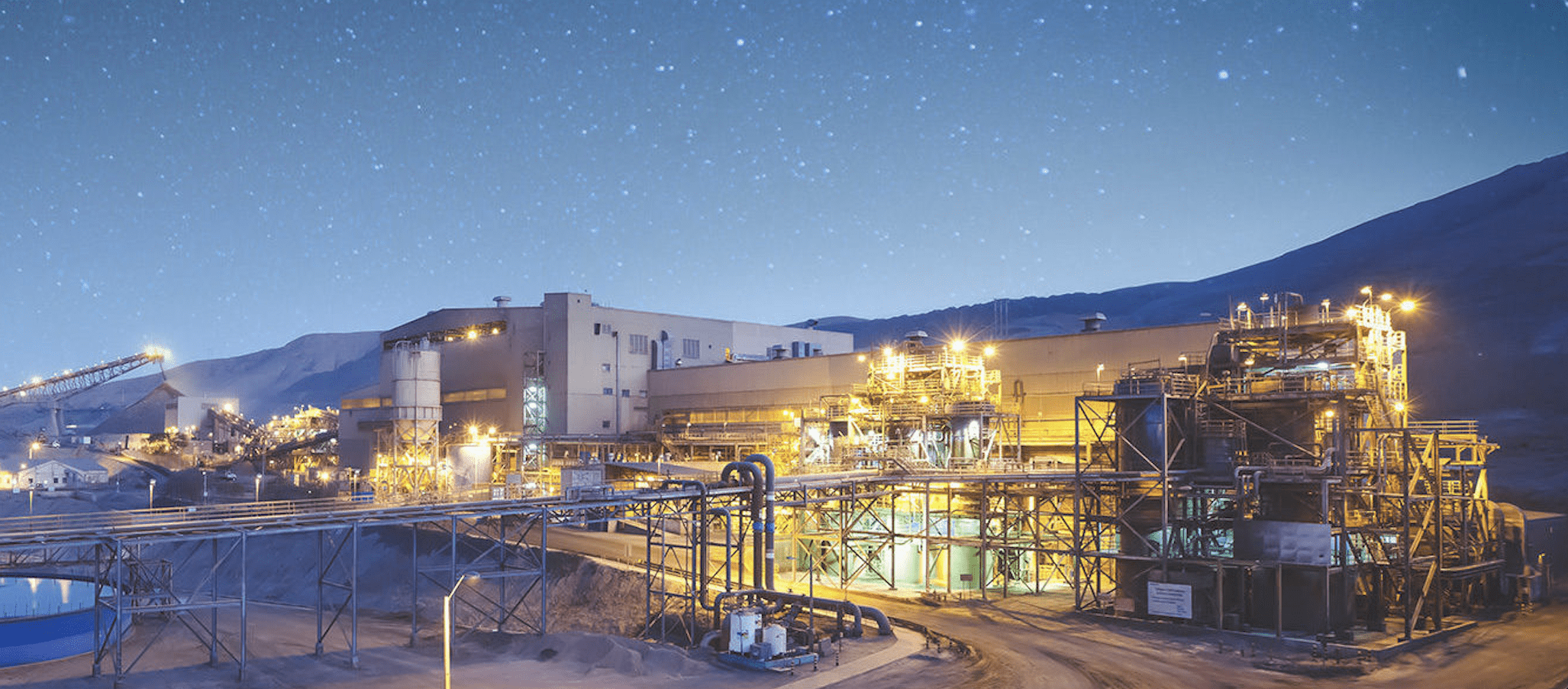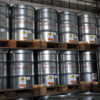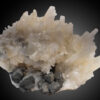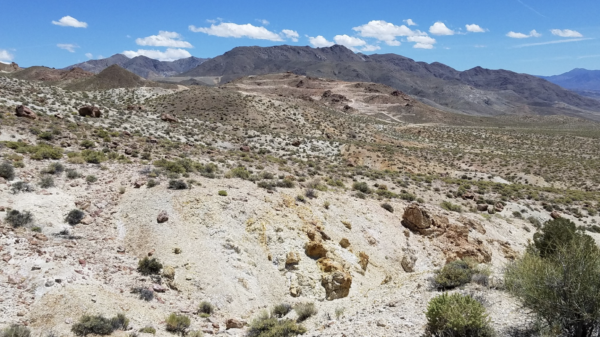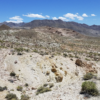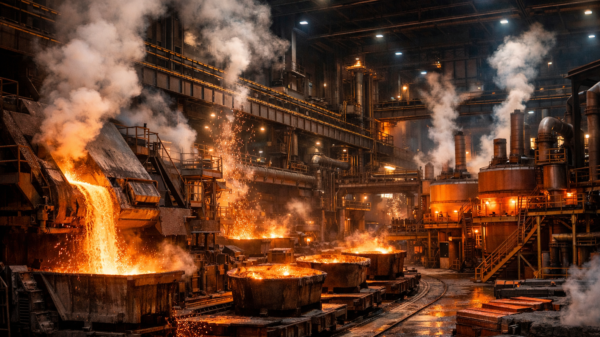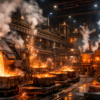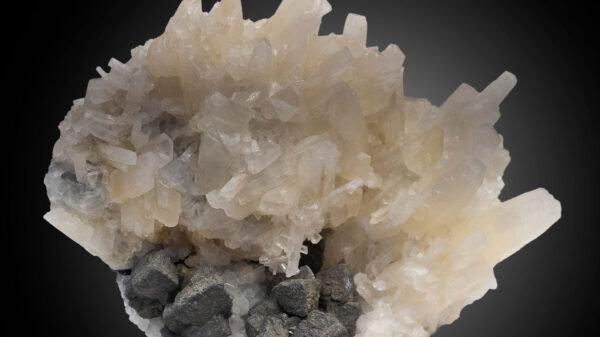A 7.4-magnitude earthquake struck northern Chile on Thursday night in a region known for hosting several copper and lithium mines. It was followed by a series of aftershocks, resulting in power outages and rock slides in certain areas.
However, the occurrence is minor compared to previous quakes the nation has experienced. In 2010, Chile was decimated by an 8.8-magnitude earth tremor and resulting tsunami that killed over 525 people while causing billions of dollars worth of damage.
Mining companies operating in the region did not report any significant operational issues following the disturbance. Local media outlets have only reported one fatality in this case.

Map: United States Geological Survey
Not great, not terrible
The United States Geological Survey (USGS) says it occurred at a substantial depth of about 115 kilometres, thereby lessening the shaking in comparison to previous tremors.
“Despite its remarkable size, and the large number of fallen objects, it is not considered a major intensity earthquake,” researchers from the Chilean Geoscience Network said.
The impacted area is known for hosting the world’s largest copper mining operation: Escondida. It is jointly owned by BHP Group Ltd (NYSE: BHP) and Rio Tinto Group (ASX: RIO). A spokesperson for BHP said the operation remains intact but various inspections are underway to ensure that nothing is askew.
Others include Chile’s state-owned copper miner Codelco, which has a series of mines in the region; and Sociedad Química y Minera de Chile (SQM) (NYSE: SQM), which runs the Salar de Atacama lithium mine in the nation’s north.
The last earthquake the country experienced was in 2016, registering slightly higher on the Richter scale at 7.6.
La tranquilidad ante todo!!! #Terremoto #Antofagasta #earthquake #Chile pic.twitter.com/fbQAkng7M1
— Carlos Orellana (@Carloredo) July 19, 2024
Read more: Lithium South raises $4M in private placement
Read more: Lithium South and POSCO Holdings ink mutual development agreement
USGS releases mining earthquake hazards study same day
Uncle Sam’s government agency fittingly published its first study regarding the toll earthquakes can take on mineral resources hours before Chile’s ground started to shake.
“The methodology was developed through studying copper and rhenium but provides a framework for future studies assessing many other mineral commodities around the globe,” the USGS said.
Chile’s mining operations were not the only ones who may have felt the earthquake’s effects. The northwest section of Argentina’s Salta province was also in reasonable proximity to the tremor’s epicentre.
This region is well-known for lithium operations as well, such as the Hombre Muerto North project held by Lithium South Development Corporation (TSXV: LIS) (OTCQB: LISMF) (Frankfurt: OGPQ); and the major new direct lithium extraction plant run by Eramine (an Eramet S.A. (EPA: ERA) and Tsingshan joint venture).
Lithium South Development Corporation is a sponsor of Mugglehead news coverage
rowan@mugglehead.com

